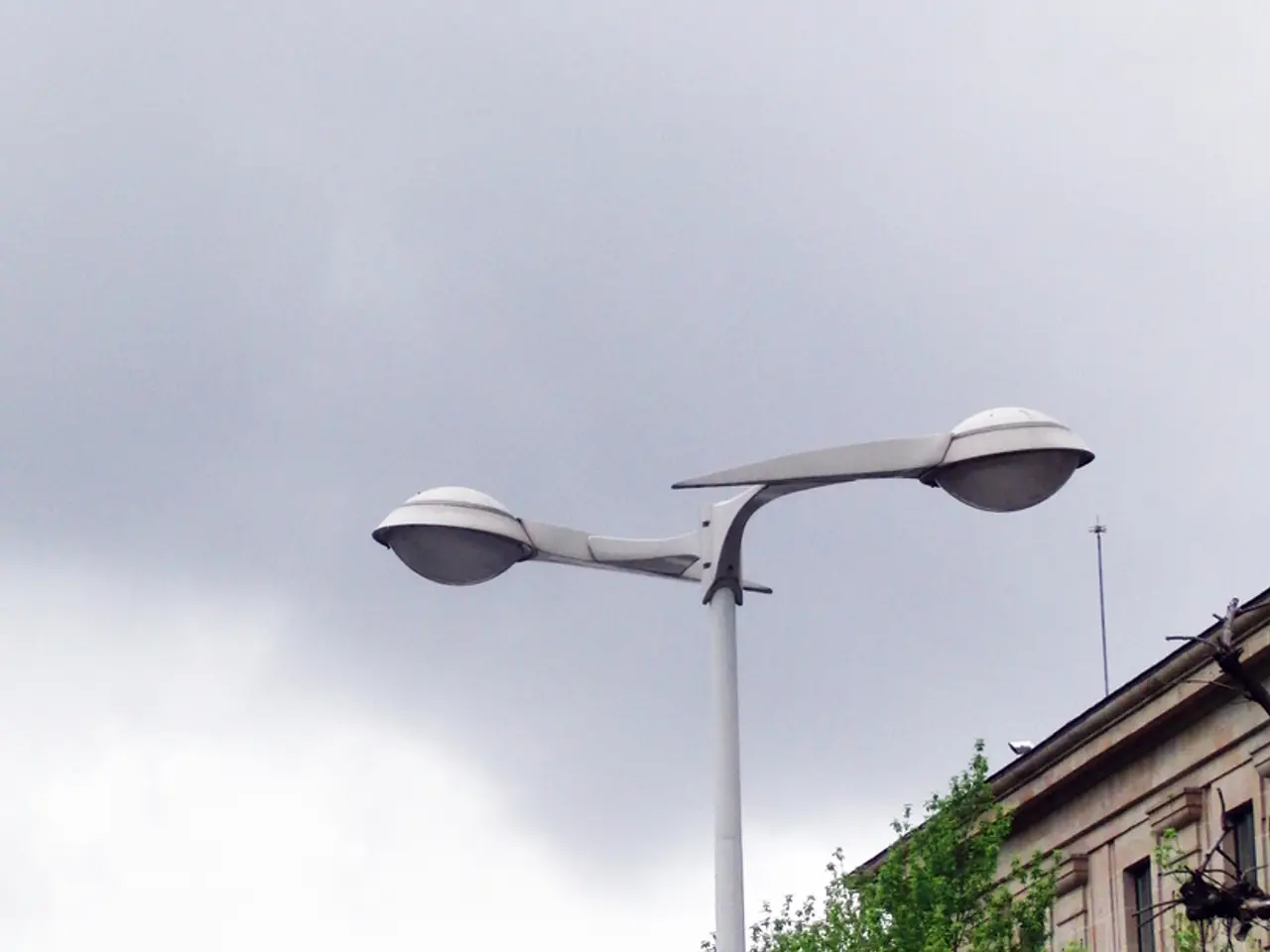Shorter Ailing Spirits in Long Nights: The Impact of Reduced Daylight on Depression Rates
As the days grow shorter and the sun's rays weaker, many people may experience a dip in their mood and energy levels. This phenomenon, known as Seasonal Affective Disorder (SAD), is a form of depression that recurs cyclically, usually during fall and winter [1][2][4].
SAD is more common in women and young adults, and it's linked to reduced sunlight exposure. Lack of light disrupts the body's internal clock (circadian rhythm), leading to hormonal imbalances such as increased melatonin (causing sleepiness) and decreased serotonin (affecting mood) [1][2]. This imbalance contributes to depressive symptoms like low mood, fatigue, irritability, and social withdrawal [1].
The lack of light during fall and winter can also impact eye health, causing dryness, sensitivity, and fatigue due to disrupted eye functions related to light exposure [1]. Additionally, it can indirectly contribute to migraine triggers due to related factors like dehydration and sleep disruption [3].
Prevention and treatment strategies for SAD focus on compensating for the lack of natural sunlight and managing symptoms.
Light therapy using bright artificial light boxes can help reset circadian rhythms and improve mood [5]. Regular exercise can also improve mood and regulate sleep patterns, helping to mitigate the effects of decreased daylight hours [5].
Maintaining a balanced diet rich in essential nutrients, such as vitamin D, can complement efforts to maintain mental health during the darker months [2][5]. Good hydration, regular sleep schedules, and consistent physical activity are also crucial [1][2][5].
In more serious cases, it may be necessary to seek professional help, such as psychological treatments like cognitive behavioral therapy (CBT) or antidepressant medication [5]. Vitamin D supplementation may be recommended if deficiency is detected, improving depressive symptoms linked to low sunlight [2][5].
Social interaction and support can help combat isolation and mood decline common in SAD [1]. Staying connected with others is essential for managing this condition.
If symptoms persist or worsen, consulting a healthcare professional is important for tailored diagnosis and treatment, as SAD overlaps with other mood disorders [1][5].
In conclusion, increasing light exposure and addressing biological and psychological needs are key to prevention and management of SAD during fall and winter. Remember, it's important to take care of your mental health during these darker months.
[1] Facing the Challenges of Seasonal Depression, Does Autumn Affect the Mood? [2] Seasonal Affective Disorder: 5 Warning Signs to Identify it [3] Apathy, Sadness and Low Mood in Winter [4] Seasonal Affective Disorder in Summer: How Does it... [5] Seasonal Affective Disorder: Symptoms, Causes and Treatment






